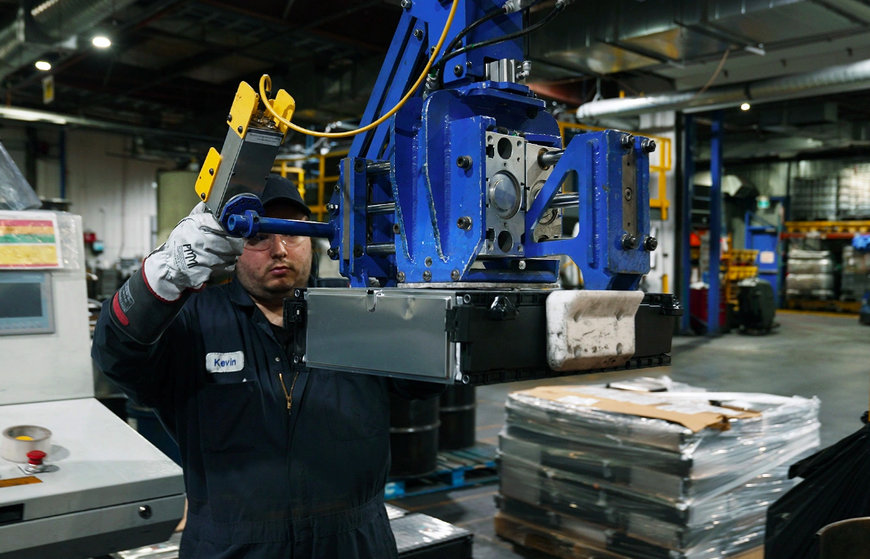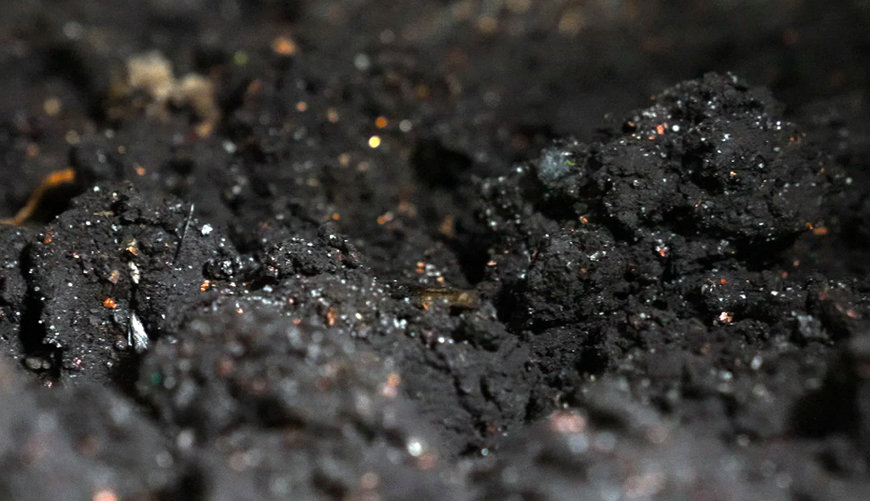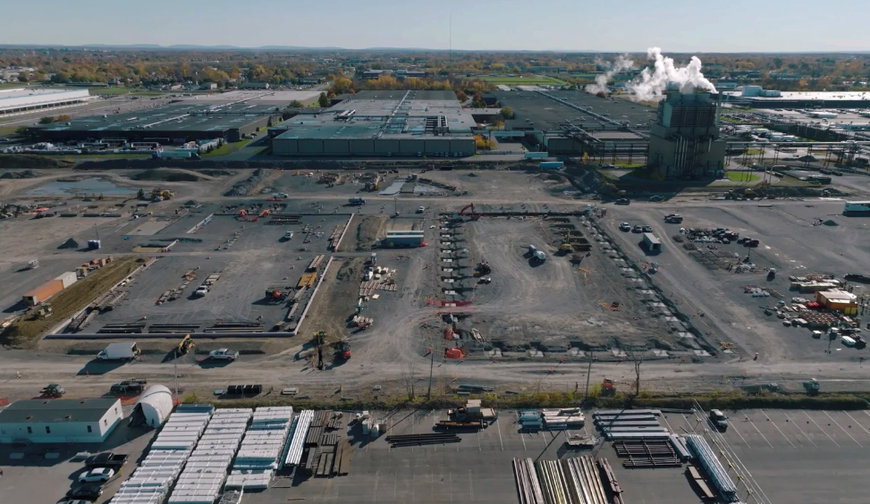www.auto-innovations.net
13
'23
Written on Modified on
Li-Cycle News
LI-CYCLE: HOW ELECTRIC VEHICLES ARE SPARKING A BATTERY RECYCLING REVOLUTION
Most lithium-ion batteries sit forgotten in cupboards or drawers or worse, end up in landfills. The global EV revolution has given rise to a new recycling industry that hopes to capitalize on this future waste problem and help solve a looming minerals shortage.

Less than 5 per cent of the lithium-ion batteries in the world are recycled. Electric cars could change that. Their batteries are too big, too toxic, and too valuable to simply throw away. The global EV revolution has given rise to a new recycling industry that hopes to capitalize on this future waste problem and help solve a looming minerals shortage.
The Recycling Process
At Li-Cycle, workers unpack skids of old or defective electric vehicle battery modules, carefully lifting them onto a conveyor belt. Then, one by one, they are dropped into a chemical solution before being shredded. This stage of the recycling process breaks down the batteries into three distinct components: plastics, metals, and black mass.
Black mass is a dark, shiny dirt-like substance that contains a concoction of minerals needed for new batteries. To retrieve them, the black mass must go through a complex process that involves using an acid solution to leach and separate the minerals. The end products are battery-grade materials ready to be sold back to battery manufacturers.

Black mass at Li-Cycle’s Kingston plant.
This new technology is being perfected by a cluster of Canadian battery recyclers, all vying for their slice of the global market.
More Cars, More Minerals
Powering most electric vehicles are huge lithium-ion battery packs that can weigh more than 1,000 pounds. A handful of nations produce the world’s critical mineral supply. The demand for minerals is expected to skyrocket over the next two decades. The issue that will plague the EV movement in the years to come is the global mining industry’s inability to keep pace. That’s where recycling comes in. Part of the solution to this supply problem lies in what happens to EV batteries when they run out of juice.
Electric cars with their briefcase-sized battery modules will give the new generation of recyclers the stock they need to run commercial operations and be profitable. Li-Cycle is seen as a pioneer in lithium-ion battery recycling in Canada, and is now expanding its reach across the U.S. and Europe with new 10,000-tonne-capacity plants in Alabama, Arizona, Norway, and Germany.
Later this year, Li-Cycle will open a new plant in upstate New York where they’ll produce raw battery materials — like lithium carbonate, nickel sulphate, and cobalt sulfate — in-house. That plant, called “the hub,” will become one of the first sources of recycled lithium in North America.

A drone view of the construction of Li-Cycle’s Rochester, NY facility. The plant will act as a regional hub where black mass will be processed into battery-grade materials.
Challenges Ahead
The biggest challenge Canadian recyclers say they face today is getting their hands on enough supply. For now, they’re surviving off battery manufacturing scrap, EV defects, and consumer batteries, like laptops, cell phones, and power tools. The batteries currently powering electric cars are lasting 10 to 20 years, which is longer than expected, but the industry remains confident that come 2030, there will be more than enough batteries to go around.
www.li-cycle.com
The Recycling Process
At Li-Cycle, workers unpack skids of old or defective electric vehicle battery modules, carefully lifting them onto a conveyor belt. Then, one by one, they are dropped into a chemical solution before being shredded. This stage of the recycling process breaks down the batteries into three distinct components: plastics, metals, and black mass.
Black mass is a dark, shiny dirt-like substance that contains a concoction of minerals needed for new batteries. To retrieve them, the black mass must go through a complex process that involves using an acid solution to leach and separate the minerals. The end products are battery-grade materials ready to be sold back to battery manufacturers.

Black mass at Li-Cycle’s Kingston plant.
This new technology is being perfected by a cluster of Canadian battery recyclers, all vying for their slice of the global market.
More Cars, More Minerals
Powering most electric vehicles are huge lithium-ion battery packs that can weigh more than 1,000 pounds. A handful of nations produce the world’s critical mineral supply. The demand for minerals is expected to skyrocket over the next two decades. The issue that will plague the EV movement in the years to come is the global mining industry’s inability to keep pace. That’s where recycling comes in. Part of the solution to this supply problem lies in what happens to EV batteries when they run out of juice.
Electric cars with their briefcase-sized battery modules will give the new generation of recyclers the stock they need to run commercial operations and be profitable. Li-Cycle is seen as a pioneer in lithium-ion battery recycling in Canada, and is now expanding its reach across the U.S. and Europe with new 10,000-tonne-capacity plants in Alabama, Arizona, Norway, and Germany.
Later this year, Li-Cycle will open a new plant in upstate New York where they’ll produce raw battery materials — like lithium carbonate, nickel sulphate, and cobalt sulfate — in-house. That plant, called “the hub,” will become one of the first sources of recycled lithium in North America.

A drone view of the construction of Li-Cycle’s Rochester, NY facility. The plant will act as a regional hub where black mass will be processed into battery-grade materials.
Challenges Ahead
The biggest challenge Canadian recyclers say they face today is getting their hands on enough supply. For now, they’re surviving off battery manufacturing scrap, EV defects, and consumer batteries, like laptops, cell phones, and power tools. The batteries currently powering electric cars are lasting 10 to 20 years, which is longer than expected, but the industry remains confident that come 2030, there will be more than enough batteries to go around.
www.li-cycle.com

